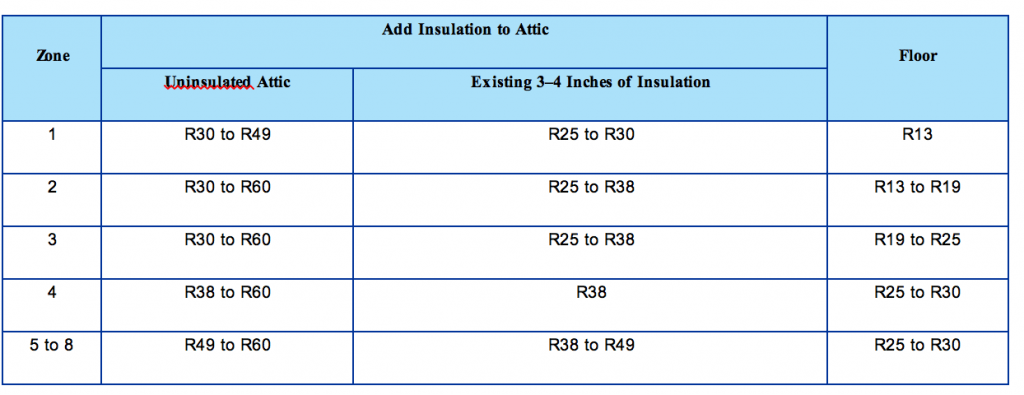Home sweet home in Montgomery County! J Just returned from a trip to Salisbury, MD, where 16 of my fellow air conditioning service providers and I attended a refresher training in the use of advanced software to obtain the most accurate calculations in determining the optimal size air conditioning system for a given residence. The software uses data provided by the Air Conditioning Contractors Association (ACCA).
You don’t need to master the advanced software in order to engage in the process of air conditioning installation or air conditioning replacement.
That said, any HVAC contractor worth his salt will engage in a load calculation process before recommending, installing or replacing a given air conditioning system. When it comes to these systems and your residence, size matters! The size of an air conditioning system is measured in British Thermal Units (BTUs). [Each ton of air conditioning produces approximately 12,000 BTUs.]

Some of the variables that enter into this calculation include:
1) Construction material of the residence
Does your house have wood framing? Does it have a vinyl exterior, or is it made of brick or block? Are the shingles on your roof wood or asphalt, etc.?
2) Size and constitution of windows
Are your windows single glass, double glass, etc? What is their U value? U-Value ratings usually range between 0.20 and 1.20. A low U-Value, represents a product’s ability to resist heat flow and insulate effectively. When measuring U value, one must take into account both the window or door AND its framing.

3) Size and constitution of doors

4) Size of the house
The area requiring cooling or heating is crucial to determine the proper size air conditioning & heating system. The size of the home is generally calculated according to the square footage of the home, including hallways, etc.
5) Insulation (from no insulation-well-insulated). The thickness of the insulation is given an R value R–Value is a measure of insulation’s ability to resist heat traveling through it.* The more insulation you have, the less heating and cooling load the house bears, the smaller air conditioning system you will need.
Those with vented attics, or better yet, vented attics with ceiling fans have the advantage of less load on the ceiling.
Here is Energy Star’s recommendations vis-à-vis insulation across the country. Caveat: Energy Star’s recommendations are subject to change.)
Recommended Levels of Insulation
Insulation level are specified by R-Value. R-Value is a measure of insulation’s ability to resist heat traveling through it. The higher the R-Value the better the thermal performance of the insulation. The table below shows what levels of insulation are cost-effective for different climates and locations in the home.
Recommended insulation levels for retrofitting existing wood-framed buildings


6). Design Temperature:
The design temperature is calculated according to the 10 year weather average. Needless to say, Washington DC’s average will be similar to Montgomery County, MD’s average, but will differ substantially from Alaska’s average, for example.
7) Ability of the system to dehumidify the premises
Lowering the humidity in the house is an essential factor in ensuring your comfort during Maryland’s humid summers. Having said that, the dehumidifying process does require the use of additional energy, thereby decreasing the efficiency of the air conditioner. Some manufacturers increase the air conditioning efficiency by keeping the condenser coil at a warmer temperature for more effective moisture removal. Another approach for optimal dehumidification is the installation of a variable speed blower motor. There is no established industry standard for effectiveness at removing moisture but most manufacturer specifications will furnish you with a list of water removal in pints/hour, thereby endowing the consumer with greater knowledge in comparing one model to another.
Given the long list of significant variables, don’t try this at home (at least not without a trained and knowledgeable HVAC contractor by your side)!
WE ARE ALWAYS HAPPY TO HELP! CALL (240)899-5777










